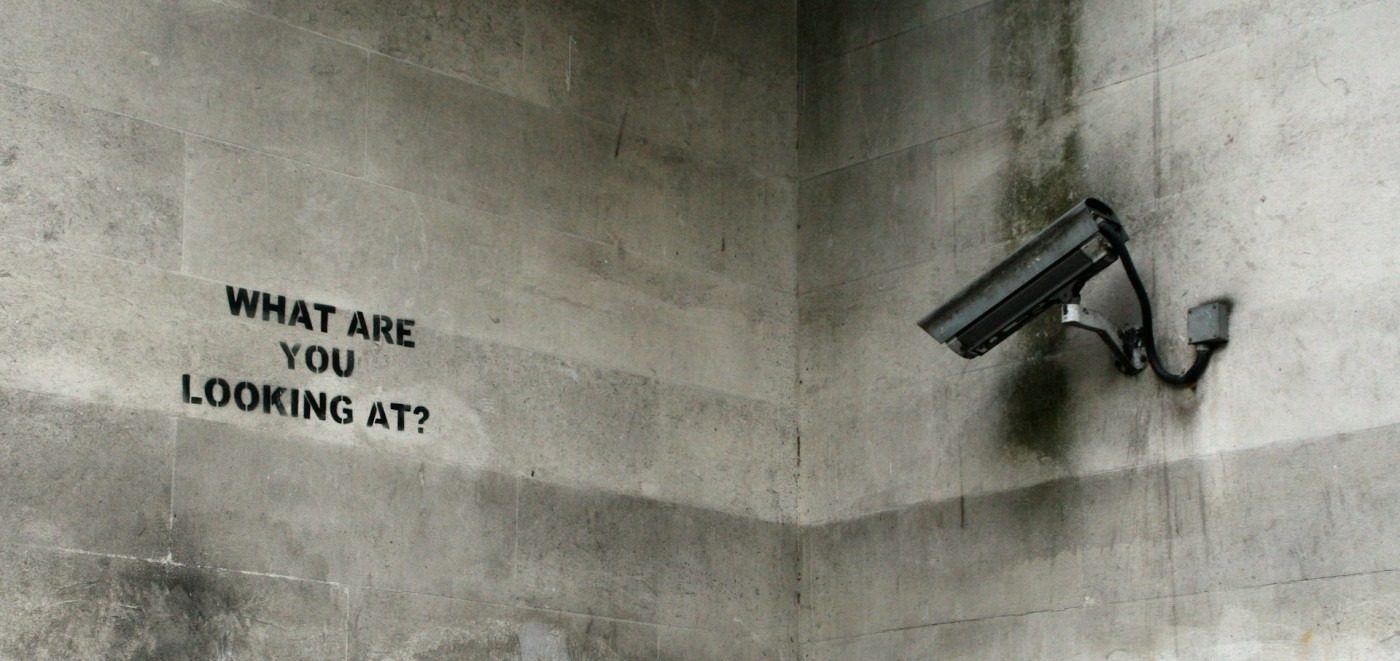Banksy at Glastonbury: Are there limitations to the place of protest art in society?
On the Friday of Glastonbury Festival, an inflatable life raft with dummy passengers was seen crowd surfing above the heads of music enthusiasts. It was intended to represent the small boat crossings made by immigrants and protest their treatment by the Sunak ministry in the UK. The raft was launched during a performance by the British band Idles, during their song ‘Danny Nedelko’, which centres on themes of immigration: “My blood brother’s Freddie Mercury/A Nigerian mother of three”. Despite this connection, a representative for Idles stated they were not the instigators of the act, nor were aware it would take place.
Banksy’s piece comes at a pivotal moment, in which the future of immigration in the UK is at the forefront of political and social tensions
It was later revealed that the Glastonbury act was planned by the infamous pseudonymous street artist Banksy, who has been crafting protest art and pieces of political commentary since the 1990s. Previous pieces such as his 2005 ‘Show Me the Monet’, for example, have protested the impact of consumerism on the environment. Banksy has been intertwined with Glastonbury for many years, designing the Union Jack stab-proof vest worn by Stormzy as he headlined the 2019 festival, becoming a moving statement of rising British knife crime fatalities. Thus, Banksy’s indirect appearance at Glastonbury should have felt commonplace. However, the nature of the piece – a blatant and confronting, yet simplistic representation of immigration – has provoked reactions of outrage and prompted debates about the place art protest pieces should have in society.
It is imperative to have discussions surrounding immigration, as well as the rightful place of protest artwork, at a time when immigration is being so heavily scrutinised and unpicked in our political climate. Britain’s Conservative Party, still in power at the time of the Glastonbury Festival in June, had been enacting a war against immigration and small boat arrivals, particularly under the administration of Rishi Sunak. Sunak had implemented and provided continued support for his Rwanda deportation plan for asylum seekers, despite the UK’s Supreme Court ruling in 2023 that this plan was unlawful. Furthermore, the rise of the right-wing Reform UK party, and the abhorrent racism underpinning their views surrounding immigration to Britain, has undoubtedly heightened attitudes of hatred and fear towards immigrants and the overarching racist beliefs throughout the country. Thus, Banksy’s piece comes at a pivotal moment, in which the future of immigration in the UK is at the forefront of political and social tensions.
I think the value of protest art at events such as Glastonbury should not be ignored
Videos of the crowd surfing life raft rapidly gained attention, garnering mixed reactions. Lacking the knowledge that this was a Banksy piece, many originally wondered if this was a stunt enacted by festival-goers in order to mock immigrants and migrant small boats. Upon learning that the act was an intentional and planned protest piece, opinions towards the act were split. Some viewed it as a powerful and emotive act of solidarity with immigrants, and defiance against government cruelty and apathy. Others viewed it as a tasteless act, making a mockery of a serious issue. In an environment such as Glastonbury, with attendees paying upwards of £360 to attend, it is understandable why some saw the act as incongruous to and made tactless by the rowdy party atmosphere of the festival. By using an inflatable small boat with dummy passengers, it has potentially prompted a more misconstrued and mocking reaction that has undermined the seriousness of the act’s intentions.
The act of protesting has been fundamentally intertwined with music for centuries
However, I think the value of protest art at events such as Glastonbury should not be ignored. Protests such as this should always be allowed and encouraged in areas of day-to-day life where they are most likely to leave a lasting impression. Particularly at Glastonbury, a place where music, and often protest music, is celebrated, it seems counterintuitive to punish protest art. Yet, Banksy has been punished for this act of protest. In a statement released by Banksy the week after Glastonbury, he detailed the former British Home Secretary James Cleverly’s comments that his piece was “vile and unacceptable”, and that the real immigration boat Banksy funded had been detained by the Italian authorities as a result. This is a cruel punishment for an act simply intending to raise awareness for the human rights of immigrants, and ultimately enforces the governmental stance that prioritises silencing protesting voices over human rights and safety.
Protest art should always have a place within society, and Glastonbury is no exception. In fact, it is a particularly fitting place for these pieces to exist. The act of protesting has been fundamentally intertwined with music for centuries: from 18th century women’s rights protest songs to Macklemore’s 2024 pro-Palestine protest song ‘Hind’s Hall’, activism has always found a home within music. Ultimately, an issue as pressing as the cruelty of governments towards immigration should be recognised on all levels – by politicians, in music, in artwork, and amongst a Glastonbury crowd.

Comments